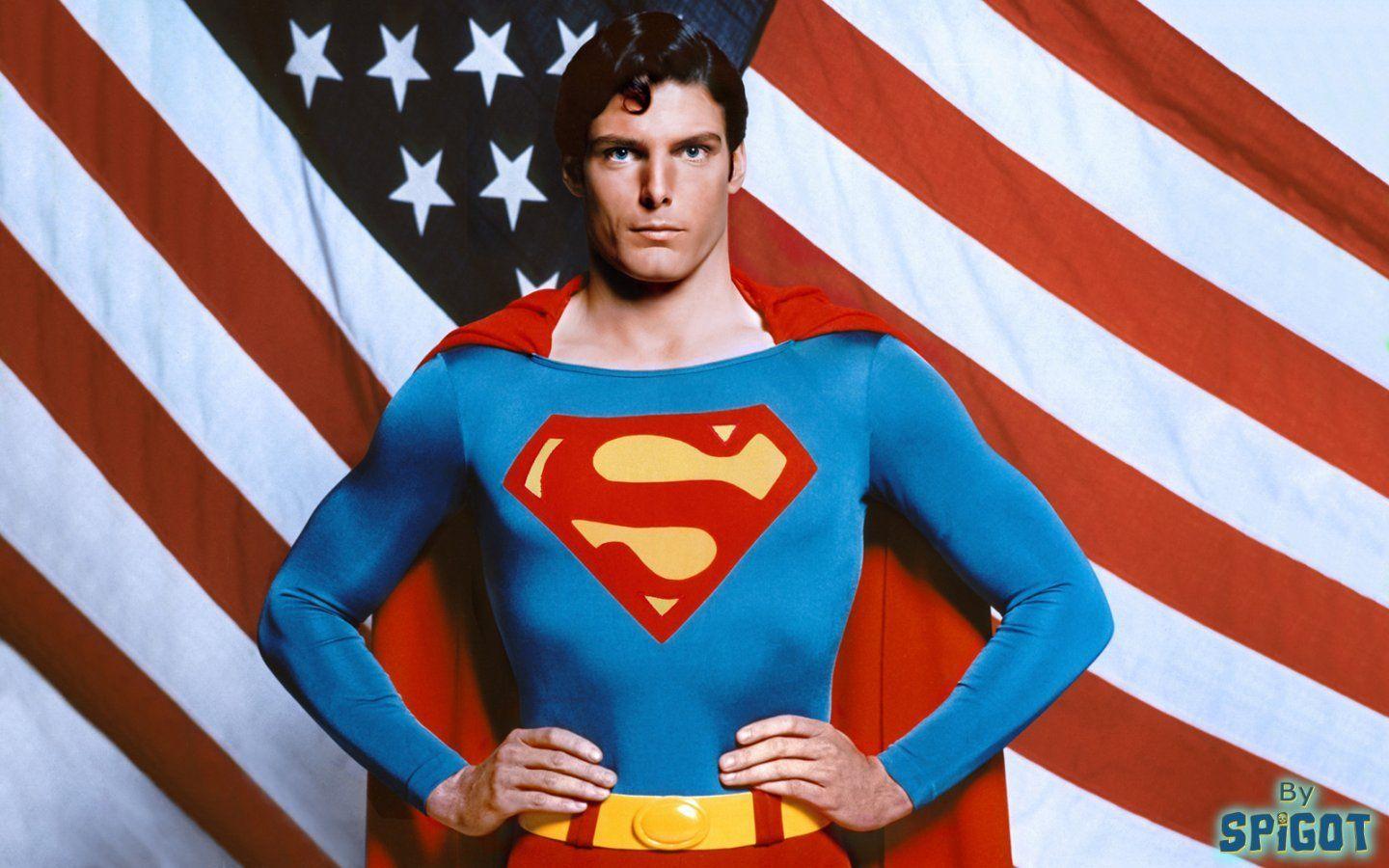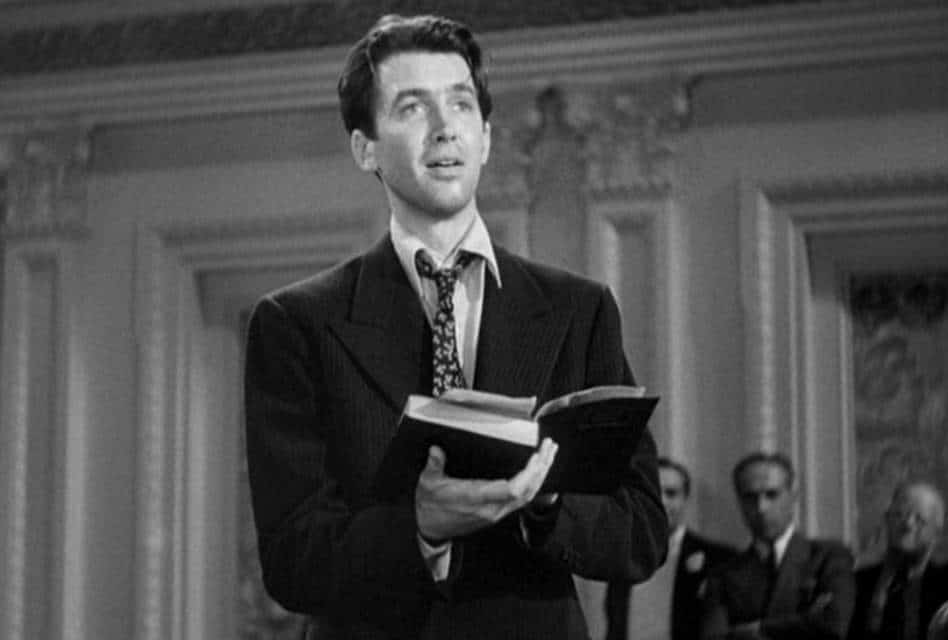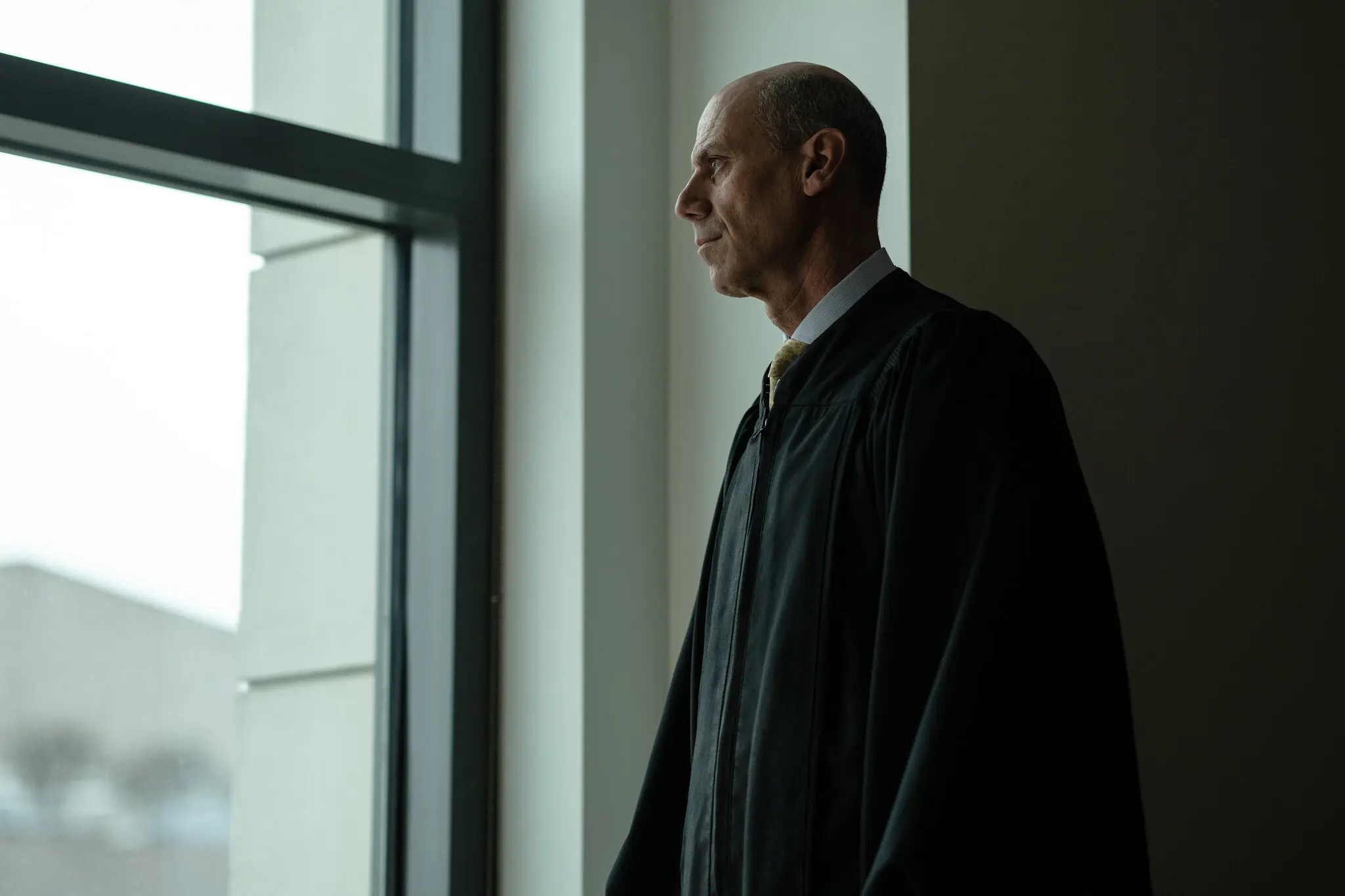Baseball season begins in just 10 days, and what better way to begin than with a great baseball story. Football may be America’s most popular game, but baseball is forever.
Actually, that’s the title of a new book by former Washington Post columnist and peace studies teacher Colman McCarthy. Baseball Forever is a collection of stories McCarthy has written over the years.

From left: Spider Jorgenson, Pee Wee Reese, Eddie Stanky and Jackie Robinson. (PHOTO: AP Photo)
“Colman” I said in a recent phone conversation, “I want to write a good baseball story, but I’m not as good as you! Can I please use a story from your new book?”
“You’re too kind, Jim. Of course, anything.”
“Got any ideas?” I asked.
McCarthy didn’t hesitate. “There’s a nice story in their about former Brooklyn Dodgers manager Eddie Stanky.”
Stanky-ball: Everybody’s In first appeared in The Washington Post on April 28, 1978. Of course, it’s about more than just baseball. It’s about crying mothers, father figures, and character.
Mobile, Alabama – With an afternoon doubleheader against Ohio State three hours away, Coach Eddie Stanky of the University of South Alabama Jaguars had time for receiving visitors in his tiny office beyond the right field fence. I cam as a sightseer, squinting backward to the distant scenes of the 1940s when Eddie and his Dodgers were giving artificial respiration to a dying Brooklyn.
At Ebbets Field where I first saw him play when I was eight years old, Eddie Stanky played second base like a tantrum, using bad behavior for a mitt. The athletic despotism by which he ruled his part of the infield caused him to be called “Eddie the Brat.” Sigmund Freud said that childhood is anything but an age of innocence, but the brattiness of Stanky was the youthful id that drove him, spikes and fists, in guileless combat against the Musials, Kiners and other archetypes of the National League. They had poise and power, Stanky had the talent of the intangibles. Branch Rickey, the team’s owner, said “He can’t throw, he can’t run, he can’t hit: all he can do is beat you.”
From the Kensington neighborhood of Philadelphia, Stanky needed eight years in the minors, starting with a Mississippi team in the East Dixie League, to make it to the majors. From 1943 to 53, he would play for the Cubs, Dodgers, Braves, Giants and Cardinals, and make three All-Star teams.
Today, at 60, weighing a playing-days 156 pounds and wearing his old No. 12, Stanky is regarded as one of the best coaches in college baseball. This week he is completing his ninth winning season at South Alabama, a state university in the Spring Hill suburb of Mobile, flowering as brightly as the spring azaleas. A believer in graduate work for his boys, he has produced an average of three players a year for the major leagues and uncounted more for the minors. On some days, more fans come to Jaguar Field than Bostonians to Fenway Park or New Yorkers to Yankee Stadium.
For all these brags, what Stanky boasts of with the most feeling has nothing to do with winning or losing. “I’m a believer in participation,” he said. “The one record I care about came in a game against Vanderbilt in 1972. I played 38 men in one 9 inning game. Everyone got in. Some seasons, I’ve carried as many as 45 players on the team. I’ve never cut anyone from the squad.”
One of Stanky’s favorite tales is the baseball version of “Rudy” and Notre Dame football. It involves a boy high on enthusiasm for the game but low on talent: “He was just about the least coordinated player I had ever seen. I’d hit fly balls to him in practice. He never came closer than three feet to catching one. I wanted to give him some playing time.
“One day, we were ahead by five, and it looked safe to stick him in right filed in the ninth inning. Suddenly the other team rallies. Now we’re ahead by only 5 to 4. There’s two outs and they have the bases loaded. Their hitter knocks a high one to right field – straight at that fellow who never caught a ball in his life. I gasped. Everybody in the dugout and stands gasped. He circled around looking for the ball as it came drifting down. There goes the game, we all thought. He sticks out his mitt and somehow the ball drops into it, miraculously. The game was over, we won. The whole team ran out to embrace this fellow, as if we’d taken the World Series.
“Years later I run into the boy at an airport. He went on to make a lot of money in oil. I asked if he remembered that catch, because I sure did. He takes out his wallet and shows me a clipping of the box score that day. There was his name in the line-up. He told me that getting into the game that day was one of the greatest thrills of his life.”
I first met Eddie in 1958 when I played a round of golf with him at the Spring Hill College golf course. The fairways and greens were the jewels of the campus. An off-season resident of Mobile, Eddie and his wife Dickie were regulars at the course. This day, Eddie was teeing off by himself and, seeing I had no game, suggested that I join him. I liked Eddie instantly. He was manly and warm, qualities he radiated in what would become a long friendship.
As a manager in the major leagues for three teams – the Cardinals, White Sox and Ranger – between 1952 and 1977, Stanky was known as a brooding terror who would fine his players for such offenses against cosmic probity as missing a bunt or not advancing a runner from third with fewer than two outs. As a 5’8” runt who force fed himself on desire, Stanky had no peer in devising ways to get to first base. As a Chicago Cub, he began for the first time by leaning in to stop a pitch with his head. He went on to discover less concussive ways of winning games.
For a time, he held the National League record for most base on balls in one season: 148 in 1945. A mutt among Rin Tin Tins of baseball, Stanky preached that “what counts is not the size of the dog in the fight but the size of the fight in the dog.” In his 10 big league years, with the Cubs, Dodgers, Braves and Giants, he made three All-Star teams, with a Time magazine cover story thrown in.
What happened to convert the brat into a father figure? Stanky believes that the mothers of his players have gotten to him: “The greatest thrill I have these days is when my players graduate, and their mothers come up and embrace me for helping along their sons. There is something about a mother’s tears at graduation. I can’t weight it. I’m a second parent to boys who are away from home for the first time. There’s a key to every youngster. If we can unlock the problem, we can solve it.”
For all of us almost-athletes – I almost made it in pro golf, two of my older brothers almost signed with the Yankees and Phillies – few comforts in our fretful middle age should mean as much as the mellowing of Eddie Stanky. As a Polish-German boy who might have gone no further than the stick-ball finals in the poor neighborhood of his native Philadelphia, here he is at 60 saying that what counts is not the score.
When he went to South Alabama in 1969, he told a reporter, “I considered whether a year is successful not on the won-lost record but on how many boys I have helped physically and mentally.” On recruiting: “I always talk to the parents first rather than the ball players. My idea is that baseball is not an important as the education that the boys can get to prepare them for a career. So I sell the parents on the education opportunity first, then the baseball.
In early March 1989, when I needed to feel what Thomas Wolfe in the baseball section of “You Can’t Go Home Again” called “the honest tang of America,” I went with my wife Mavourneen to take in some games near Mobile where two of my boys, John and Eddie, were then playing college ball. One evening, we went to Mobile to pick up Eddie and his wife Dickie to drive east across the bay for dinner at a waterside restaurant. Stories by Coach Stanky poured out about the greats he played with – Jackie Robinson, Leo Durocher – and the near greats: Fat Freddie Fitzsimmons, Harry (the Cat) Bracheen. These tales were warm-ups for the ones that Stanky tells best, about taking shaky boys out of high school and molding them into, well, slightly less shaky boys soon to get out of college.
The days of innocent baseball aggression was well behind him that evening. An emotional continuity now flows between Eddie-the-Brat and Eddie-Among-the Crying Mothers: He is still extolling the intangibles. As a ball player, he told the fans that getting to first by base on balls was the same as a long single to the outfield. Now he says that sports means something only if the social context means more. By this he believes that games are not only a way of enjoying youth but of getting beyond one’s ego as well, so that when the other delights come along – education, raising children, tears at graduation – we will be wise enough to value them.
Comments










